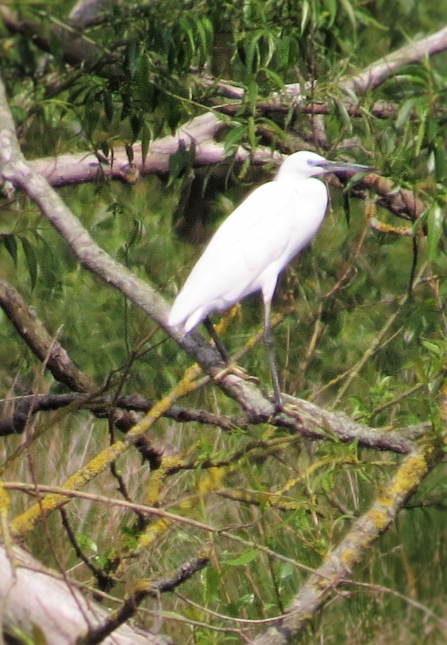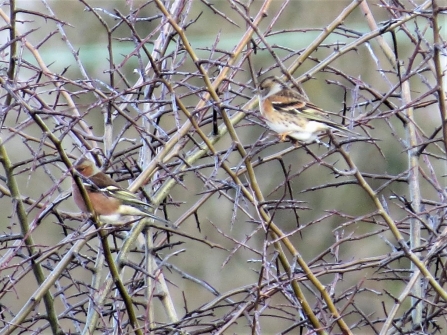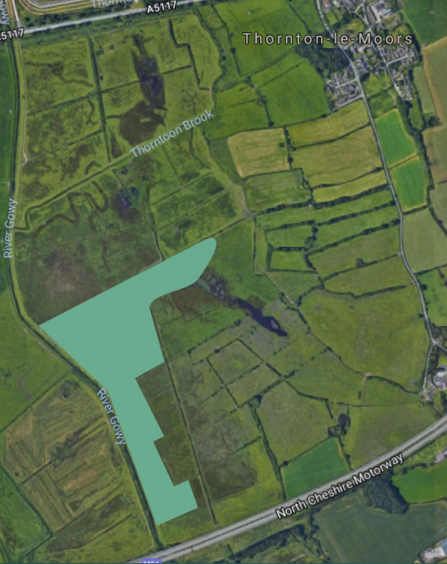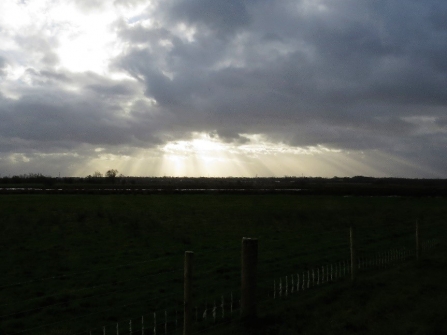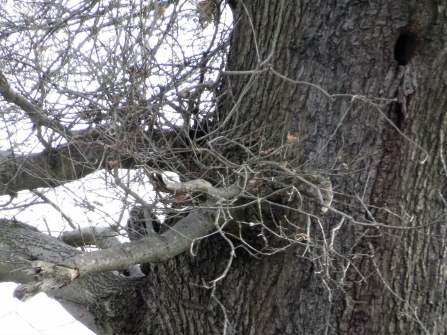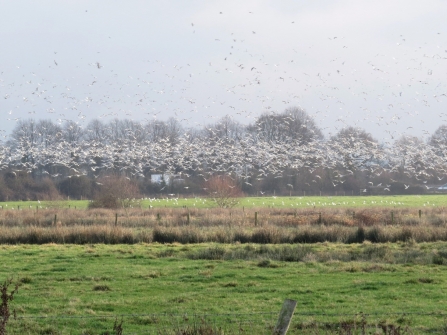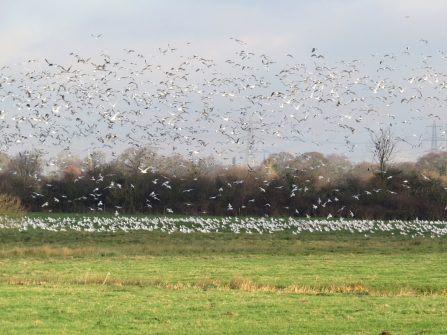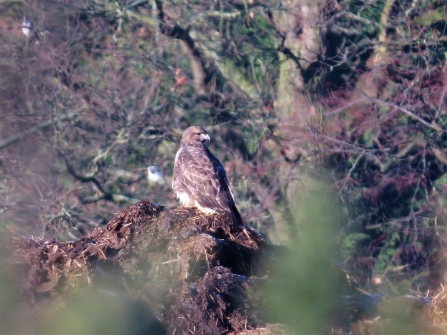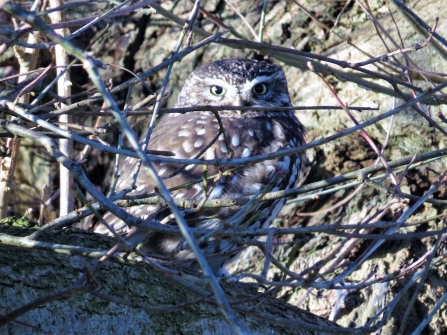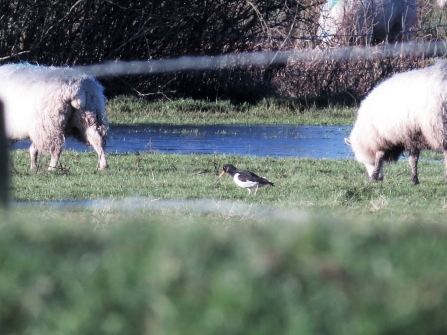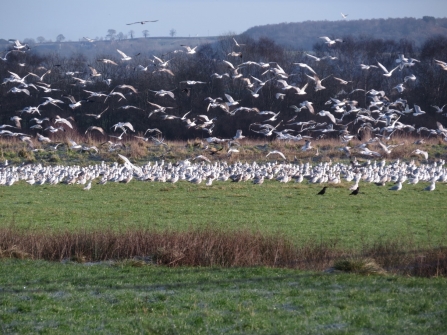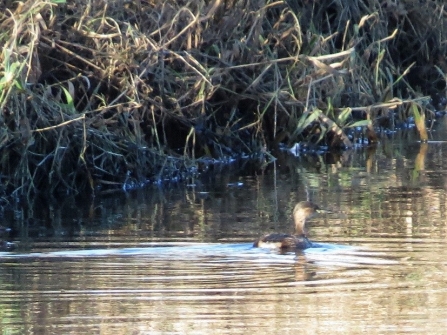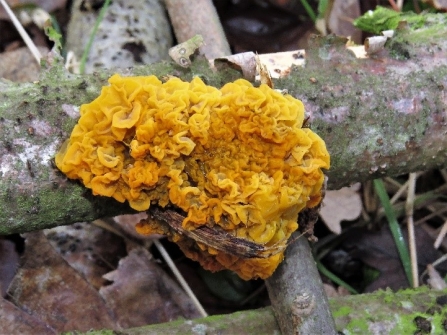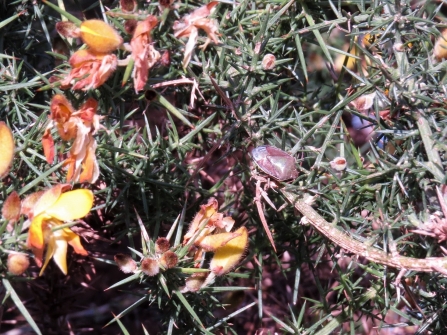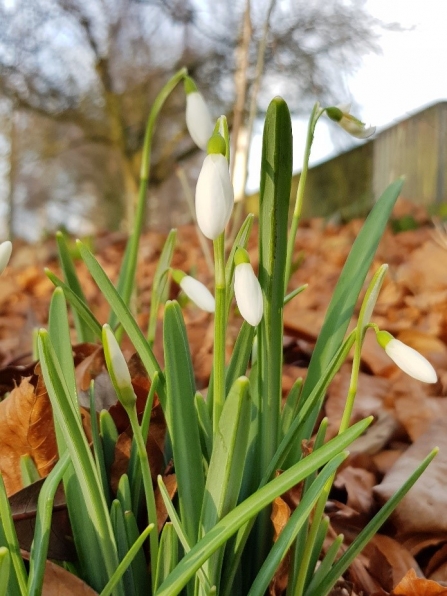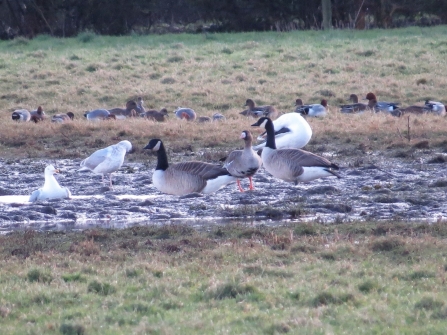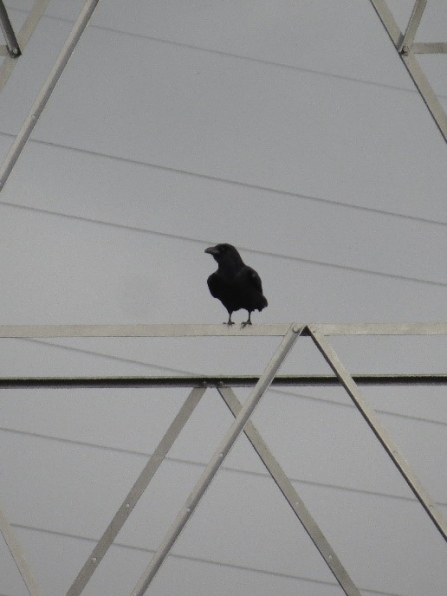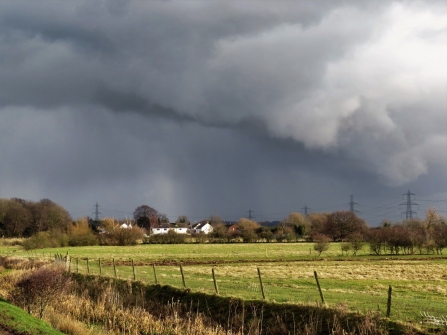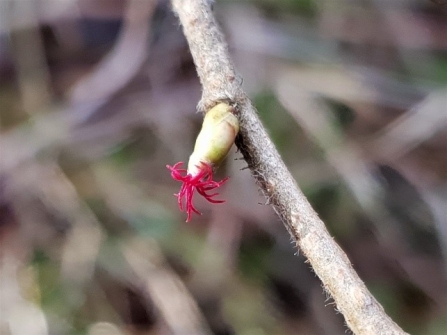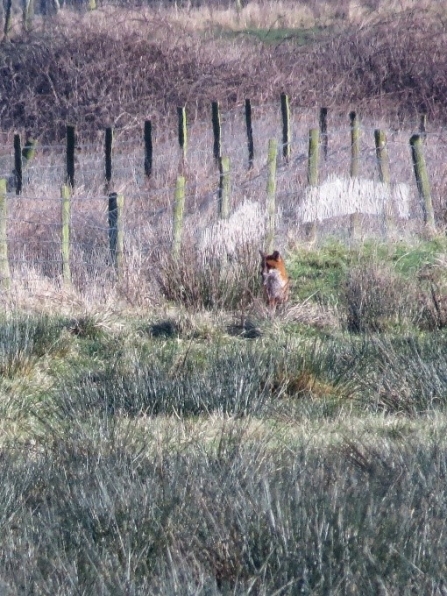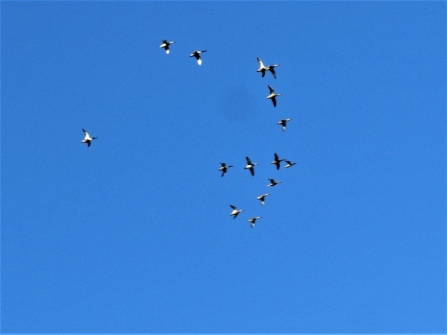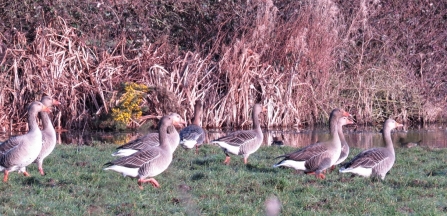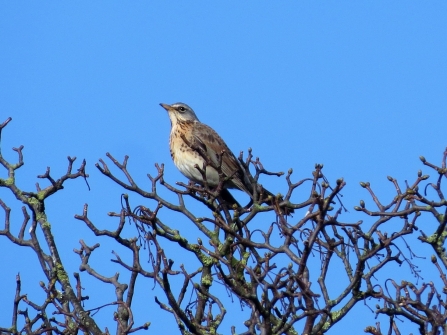1st January
Initially bright and sunny then rain in from the west. c.3kms
Something of an unexpected trip out to-day brought on by a project of Marion’s’, namely to attempt to photograph a different species of plant (flowering or otherwise) for each day of the year. As it turned out we managed to record eight species – which was around eight more than I’d anticipated us seeing!
On the birding front we kicked things off at the ponds in SJ4575 – the first time I’d been on the site for so long that I was surprised to see just how far the reed-bed had encroached into the pond itself. Some good news was discovering the clear demise of the motor biking circuit so I may be back more regularly from now as hopefully the disturbance levels will regenerate birds’ interest in the place. Six Teal stole the wildfowl show but it was a nice party of ten Long-tailed Tits that were the most interesting of all. Having recorded 20 species we moved on to Stoak church and walked a short circuit to the canal and back through the tiny Stoak Nature Park as the rain was getting too heavy to continue.


